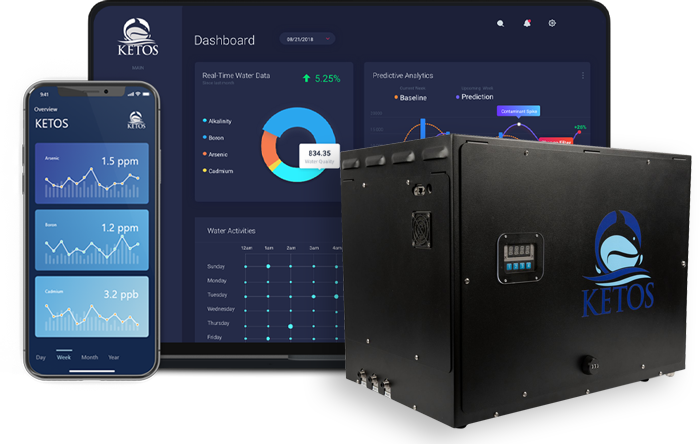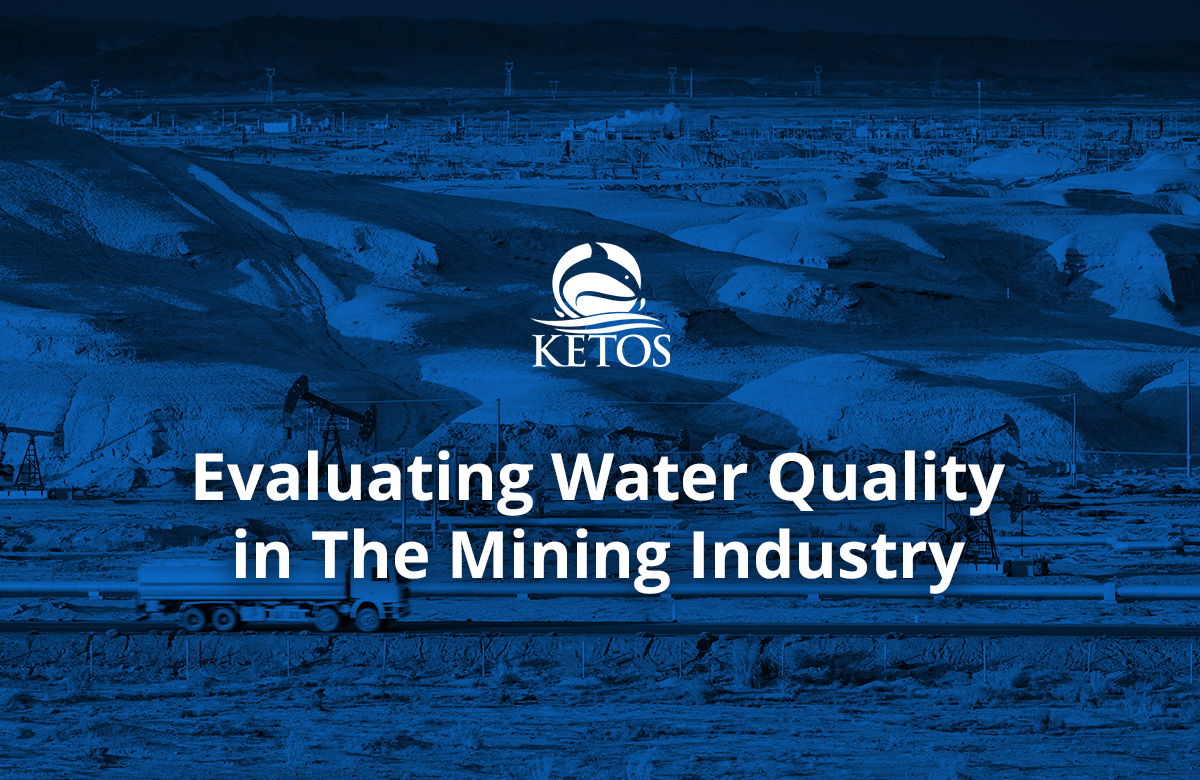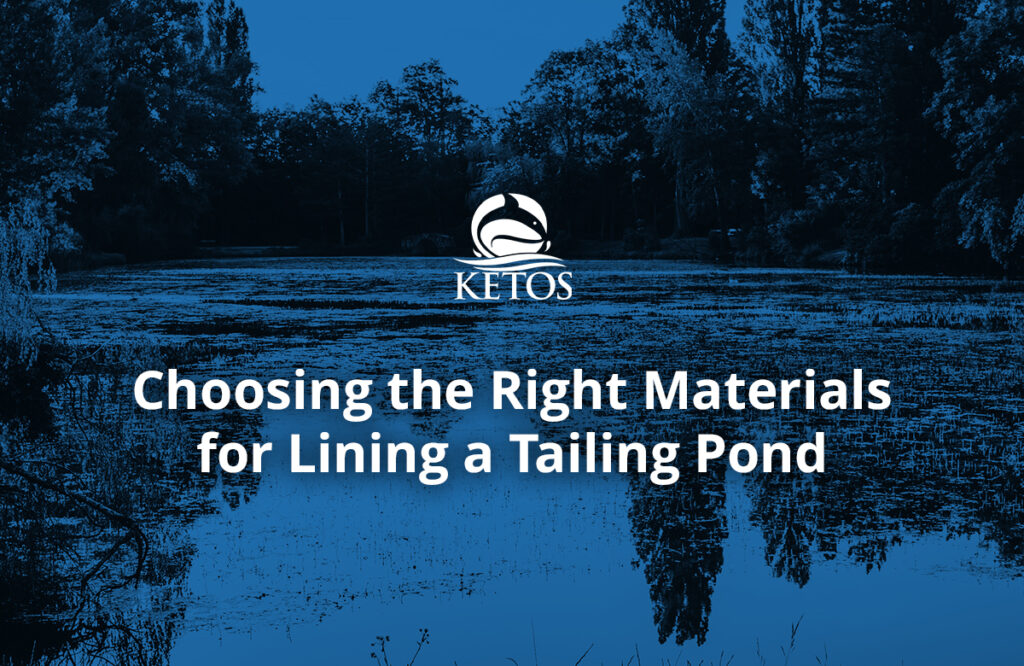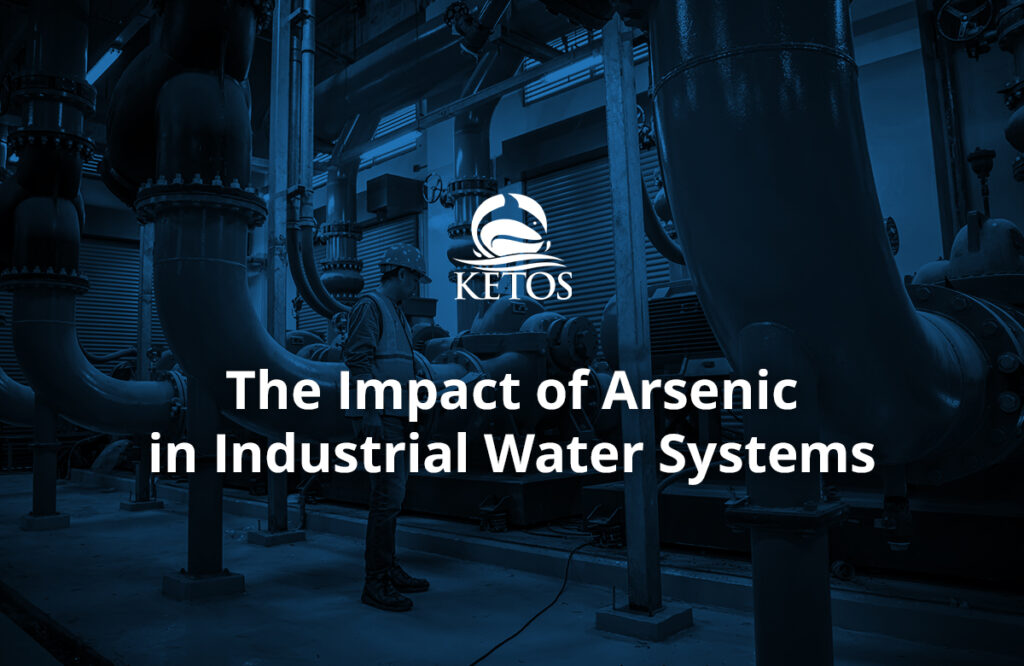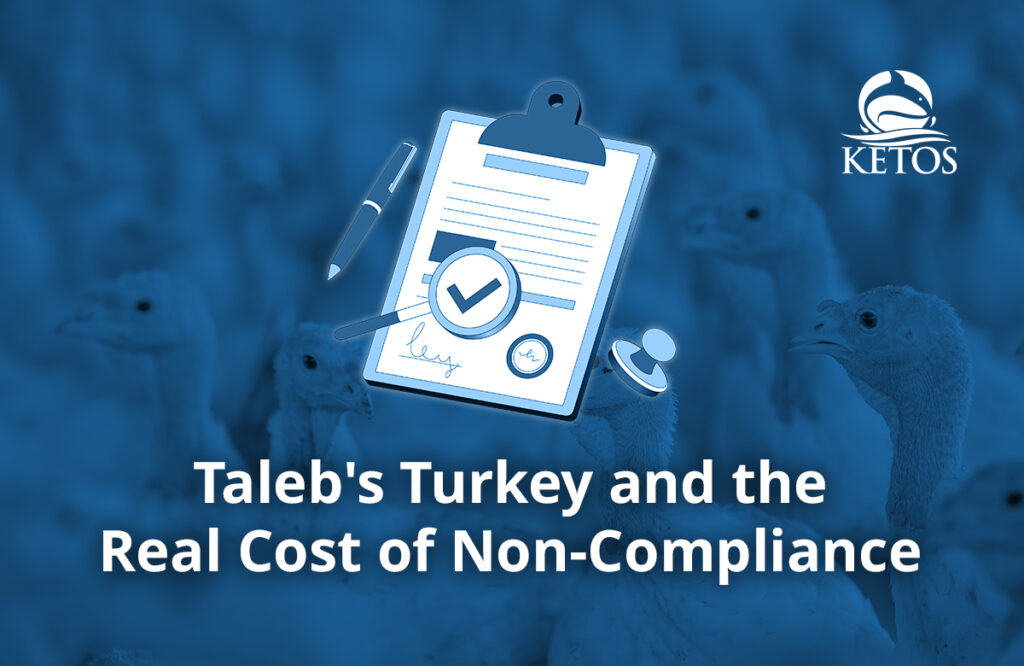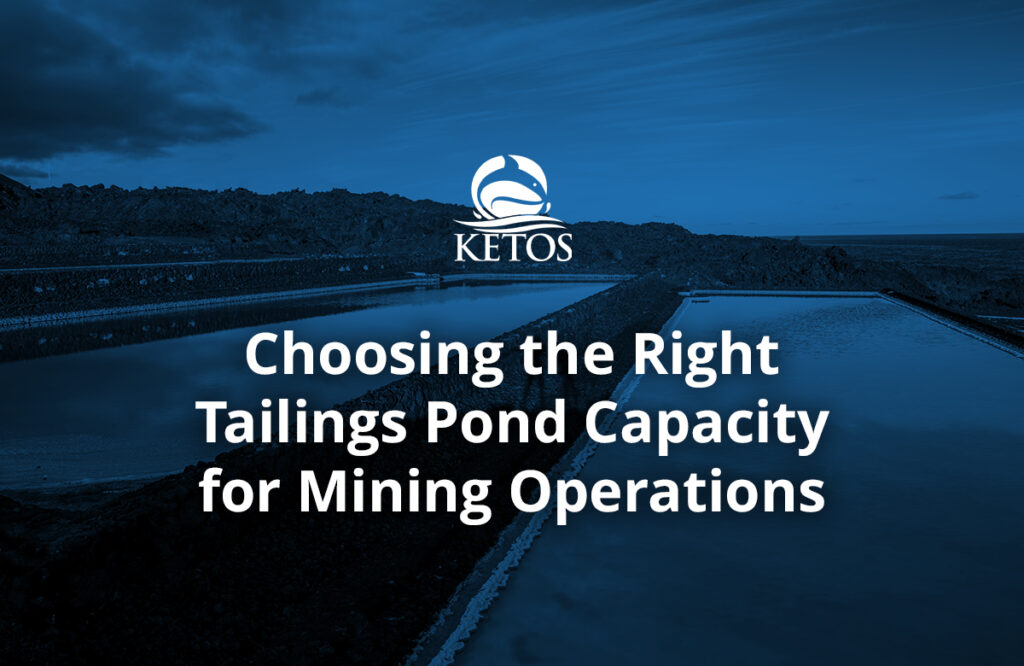Mining companies typically have high regulatory standards to meet in terms of water remediation during the mining process. Although these standards differ from state to state and region to region, companies must meet all guidelines set by the industry. To comply with the various regulations, mining companies have started to use remote sensing techniques to assess water quality and to work with water quality companies to ensure that water used or returned to the environment meets regulatory compliance requirements.
The Benefits Of Remote Sensing Techniques To Assess Water Quality
Complying with regulations requires mining companies to monitor various parameters and contaminants. This testing takes time, money, and personnel. Many mining companies take manual samples and send them out to third-party labs for testing and analysis. This can often cause delays in the mining process, costing a company even more money.
Working with a water quality company that offers remote sensing techniques to assess water quality is one way to streamline this process. Today’s technological advancements offer systems that allow on-site sampling to ensure water testing at regular intervals and results in minutes – not days. Working with this type of technology provides many benefits to mining companies, including:
- An automated system that can test as often as required for a variety of parameters (i.e. lead, cadmium, and selenium).
- Modular hardware that can be placed strategically throughout a mine’s operations.
- Robust technology that can work in all conditions (indoor/outdoor, rain, or shine).
- Customizable threshold alerts allow operators to make decisions in real-time.
Once a mining company begins working with a water quality company that offers automated testing systems, manual testing is no longer required. Not only can mining companies use remote sensing techniques to assess water quality, they can also use the data generated by these automated systems to stay one step ahead of potential problems in the field.
How Does Remote Monitoring Improve Mining Operations?
To maintain compliance, mining companies need to have a clear understanding of water quality and how it changes over time. This is especially important for open pit mines, where real-time water monitoring networks can help mining companies effectively manage their environmental impact while still maintaining production commitments. For example, a reputable water quality company can provide mining companies with water quality monitoring systems that alert operators when pollutants exceed safety thresholds, allowing them to mitigate risk immediately.
The first step towards incorporating this real-time monitoring technology into mining operations is to identify the areas where it is most needed. This could include areas where water quality is a concern, such as tailing ponds or run-off sites. Once the areas are identified, sensors can be deployed to monitor for pollutants that might be present in the area. Using these remote sensing techniques to assess water quality allows real-time water quality monitoring from personnel both on- or off-site and allows operators to take action immediately if a problem is identified.
How Remote Monitoring Can Help You
Advances in remote monitoring technologies are being used in mining operations across the world. These rugged and versatile systems can operate in harsh, remote locations that are often not suitable for personnel. The ability to remotely monitor operations, combined with the incredible predictive powers of these automated systems, can improve mining operations exponentially.
- Remote sensing techniques to assess water quality can reduce the resources (such as work hours and fuel) required to have personnel manually collect data from sensors.
- Automated water quality monitoring systems increase data availability across the board.
- Advanced technologies improve data integrity.
- Working with a professional water quality company that offers remote monitoring solutions increases the safety of both employees and the public.
- Remote monitoring offers operators the ability to monitor critical parameters during a shutdown or maintenance period.
Predictive Modeling And Data Analysis For Quality Control
One of the biggest advantages of the automated monitoring systems used by water quality companies is their ability to store massive amounts of collected data in a cloud-based storage system. This historical data can then be used to benchmark a company’s environmental performance, allowing them to glean operational insights over time. In other words, the data collected by remote sensing techniques to assess water quality can also help mining companies evaluate the effectiveness of the strategies and practices they are using to meet their sustainability goals. This, in turn, can help them make informed decisions as they move forward to meet all compliance requirements and communicate their efforts to all stakeholders.
